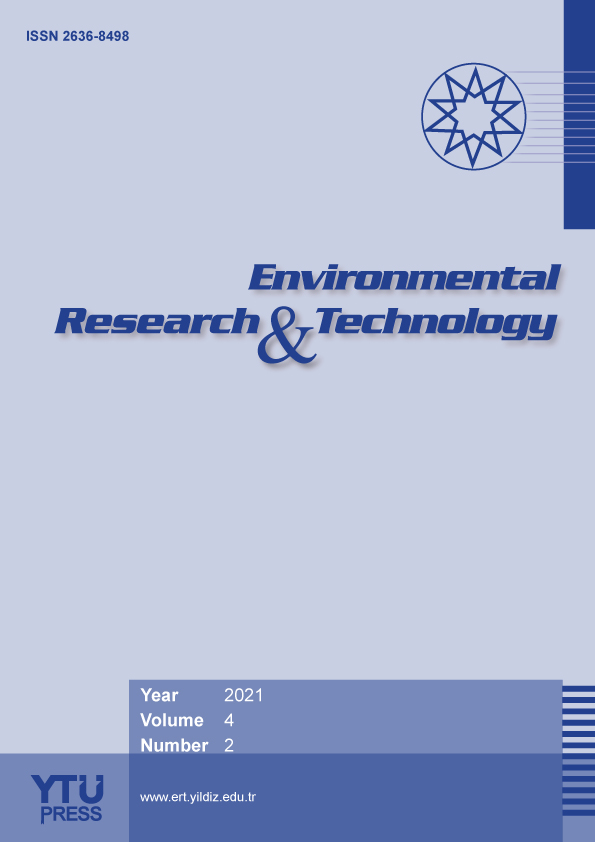Abstract
In this study, it was investigated the capability of new generation Sb-SnO2/Ti anodes, which are well known with their promising results in ozone generation and stability, to remove cefuroxim (CXM) antibiotic from aqueous solution. Comparison of different electrolyte types were performed for this purpose; NaCl and KCl. KCl increased the conductivity and caused to the formation of important oxidants and thus, affected electrochemical oxidation reactions more positively than NaCl. It was obtained that, pH parameter has a very important effect on the removal efficiencies in this process and higher efficiencies were obtained at the natural pH value (pH 7) of the aqueous solution. It was thought that, this was probably because the reactions occured in aqueous solution mostly instead of anodic surface. Furthermore, the removal efficiencies increased with current density increase and the best results were obtained at 50 mA/cm2 current density. As a result of the study, at the end of 60 min of reaction, the aqueous solution containing cefuroxime antibiotic was completely treated without any toxic intermediate product formation with 750 mg/L KCl addition, at pH 7 and 50 mA/cm2 current density.











